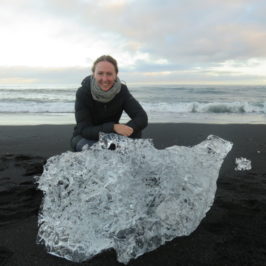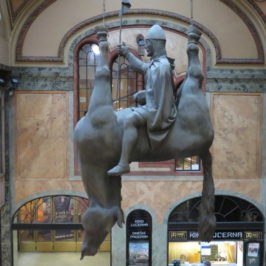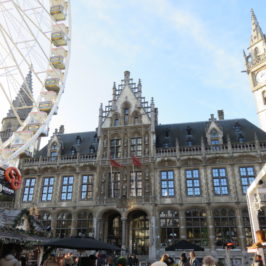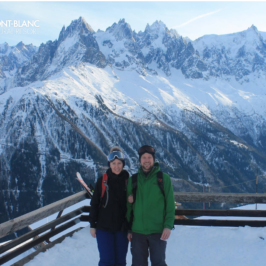This post may contain affiliate links. If you make a purchase through a link, I may receive a small commission, at no cost to you. These commissions help keep this website up and running, and I thank you for your support. Read my full disclosure here.
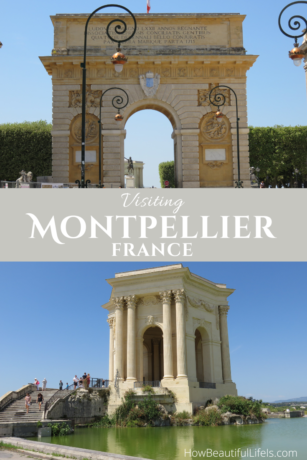
What we loved about Montpellier is how compact the city is, making it easy to explore on foot. However, there are trams that weave through the city if your walking is limited. The streets of Montpellier are handsomely cobbled in large slabs of pale stone, which look wonderful, but in reality they get extremely slippery when it rains and when the shop staff clean the entrances first thing in the morning. So be careful when walking in slippery sandals and try to avoid slipping on any dog pee as well because there’s plenty of that unfortunately!
Jardin des Plantes
The beautiful and peaceful Montpellier Botanical Garden is one of the oldest in Europe. It was created by order of Henri IV in 1593 for Pierre Richer de Belleval, a French botanist considered the father of scientific botany. At the time it was a model for designing all the botanical gardens in France. The garden is a wonderful place to escape the city for some peace and quiet. It’s also a lot cooler then the cobbled streets in summer. Over the years the garden area grew to include a systems school, an arboretum, and a landscaped park. Now the property of the University of Montpellier I, the garden is classified as a Historical Monument and Protected Site.
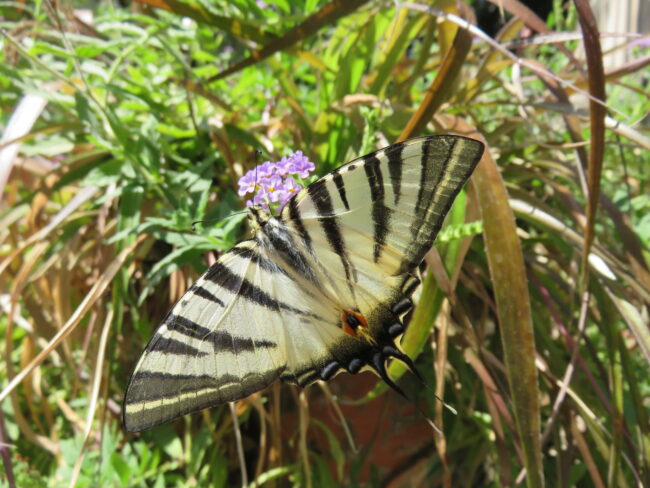
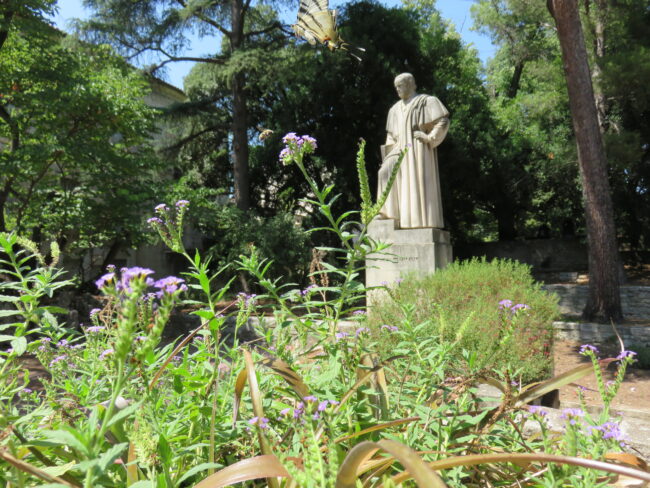

Montpellier Cathedral
The Montpellier cathedral was originally the church of the monastery of Saint-Benoît, founded in 1364, but was elevated to the status of cathedral in 1536. The cathedral suffered extensive damage during the Wars of Religion between Catholics and Protestants in the 16th century, and was rebuilt in the 17th. It features an impressive canopy porch supported by two monumental cylindrical pillars.
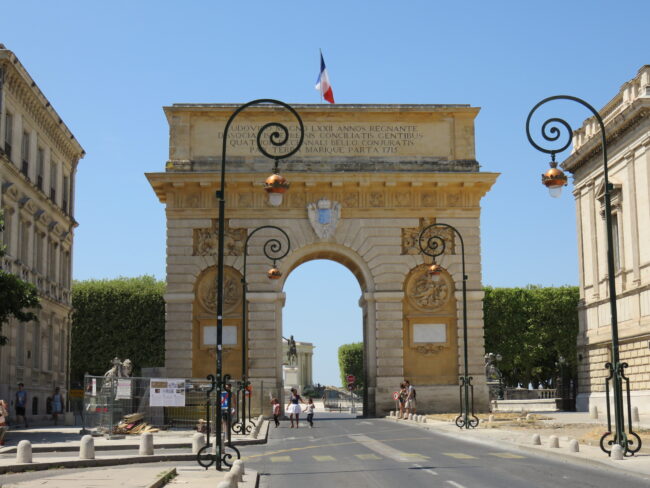
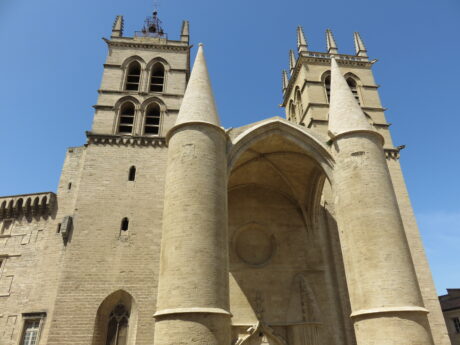
Arc de Triomphe Porte du Peyrou
Porte du Peyrou is a triumphal arch near the center of the city built in 1693. It features reliefs showing four major events from the reign of Louis XIV.

Court of Appeal of Montpellier
Beside Porte du Peyrou is the Court of Appeal, a grand building.

Promenade du Peyrou
Beyond Porte du Peyrou is Promenade du Peyrou, a popular place for tourists to gather. It features a statue of Louis XIV on horseback and the château d’eau (water tower) which extends into the aqueduct. The esplanade gives a panoramic view of the city, of the ancient arches of a Roman aqueduct, Les Arceaux and of the surrounding area.
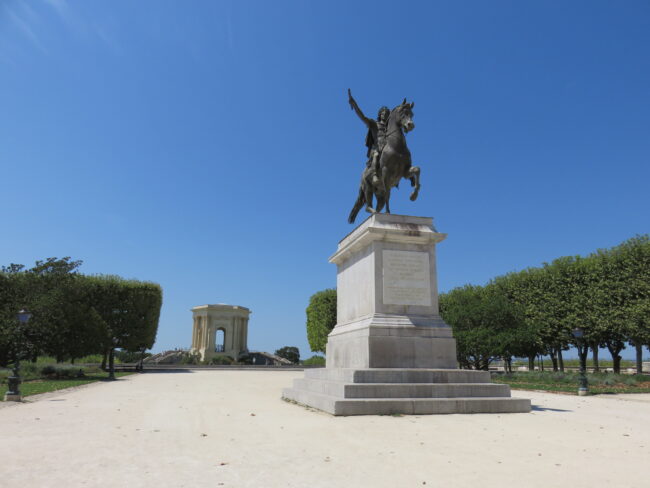

Pl. de la Comédie
Place de la Comédie is a popular square in the heart of Montpellier. It features some grand buildings included the Italian style Opéra Comédie (opera house) and the statue of the Three Graces on top of the fountain. Its a great place for sitting at a cafe and people watching and enjoying some shopping. From here you can also jump on a tram to explore other parts of the city.
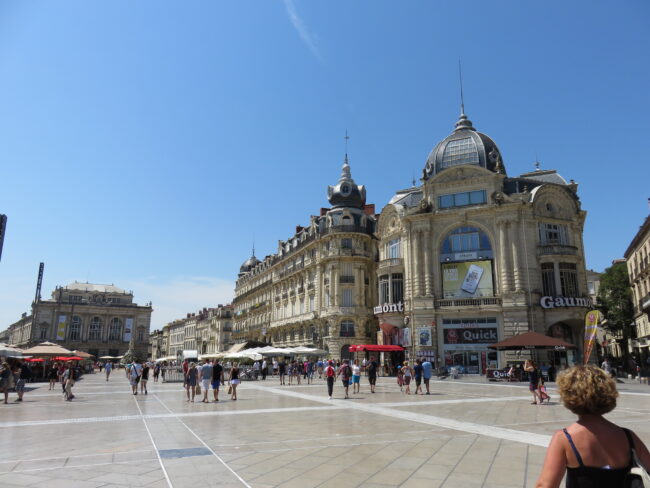
Esplanade de l’Europe
The Esplanade de l’Europe is a large plaza in Montpellier’s Antigone neighborhood. It features a huge semi-circular neoclassical building. Its a pleasant 20 minute walk from the Place de la Comédie which takes you through boulevards, past fountains and the shops of the Place du Millénaire. There is a tram that stops nearby though if you aren’t up to the walk.
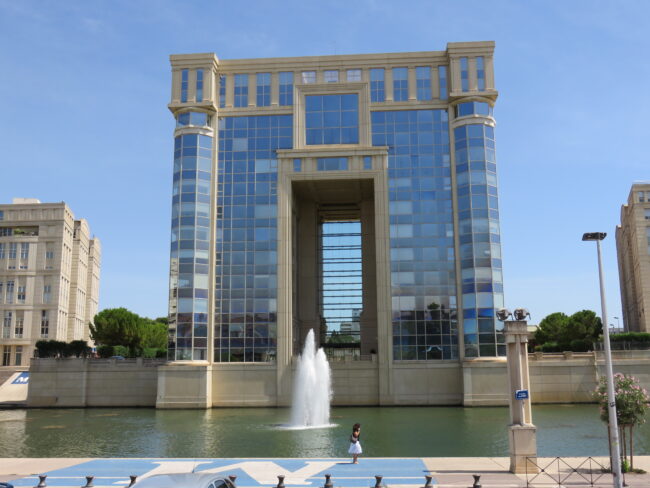
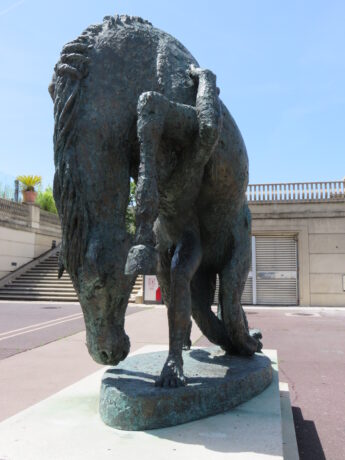
Practical Tips for Visiting Montpellier
- How long should I visit Montpellier for? This city is not particularly large and quite compact, so you could get away with just spending a day here. However, I would recommend two days to explore and really enjoy it at a more relaxed pace.
- Getting to and from Montpellier airport into Montpellier city centre:
- Airport shuttle bus: There is an airport shuttle bus line 620 which runs between Montpellier airport and the city. It takes about 15 minutes. Check the bus schedule to plan your trip. Your
- Getting around Montpellier:
- Trams & buses: Public transport is available on the bus and tramway. Routes and fares can be found on their website.
- Bikes: Montpellier is easy to cycle around. You can cover more ground by making use of the city bike hire scheme. Here are some bike routes to consider in and around Montpellier.
- Tourist Information Centres in Montpellier:
- Centre city: 30 All. Jean de Lattre de Tassigny, 34000 Montpellier, France.
- Eating and drinking out in France: Due to the different licensing in France, some café’s and restaurants are only licensed to sell alcohol with food, so in order to drink you must also order food. Bars have a different license that allows them to sell drinks without food. From my experience, establishments do try to make this clear to tourists, but it does end up causing confusion for some.
- Language: French. Although a lot of English speaking tourists visit Toulouse, we found quite a lot of people did not speak English, so do try to have your French translation app at hand. Here are a few French words to get you started:
- Yes = oui (wee)
- No = non (no)
- Please = sil vous plait (seal voo play)
- Thank you = merci (mare-see)
- Hello = bonjour (boh(n)-zhoor)
- Good evening = bonsoir (boh(n) swarh)
- Currency: Euro
- Tipping: The service charge is included in the bill, so there is no need to tip.
- Electricity: The electrical current is 220-240 volts, 50-60 Hz. Wall outlets take the European two round prong plugs. However, you are better off purchasing a worldwide adaptor that can be used in France as well other countries. At least then you can potentially get some further use out of it on future vacations. If you’re taking a number of electronics with you, then I would recommend purchasing a couple of these adaptors.
- Navigating: We used Google’s free Offline Maps. Google Offline Maps allows you to access free maps for navigating that can be used offline i.e. you don’t need WIFI, data, or roaming to be able to use them. Follow this detailed guide on how to use Googles Offline Maps. Using your phone as a GPS will drain your battery quickly, so use a portable battery charger which you can use to charge your phone and any other USB chargeable devices.

